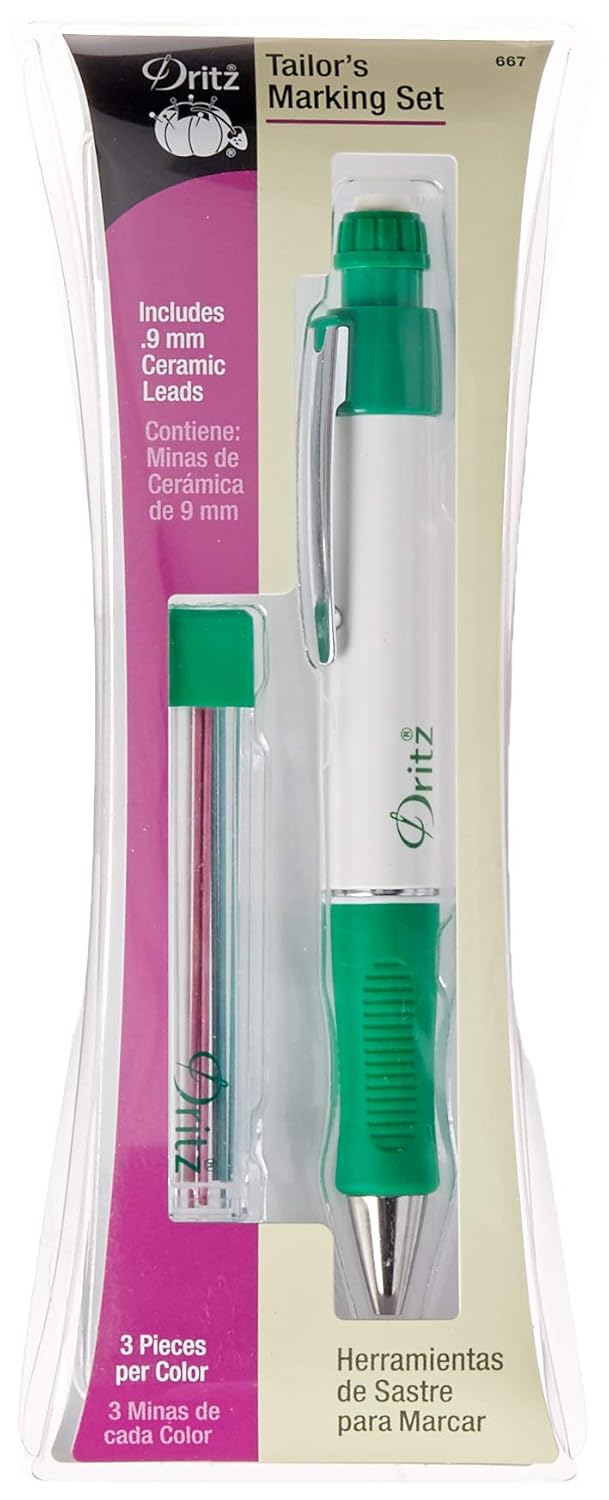My table is getting recovered here shortly and I have a few questions about how to properly mark the spot line, kitchen, etc.
The table is a diamond pro am and I will be using a very narrow/thin sharpie to draw the lines.
#1 - Kitchen markings
For the kitchen should I be marking from the outside edge of the second diamond or through the middle of the second diamond across the table. The difference is subtle but I wanted to do this correctly.
#2
Second, where should the spot be aligned to? Should the front/middle circle or what part of the spot should be lined up with the adjacent diamond and at what position on the diamond itself? Outer edge or middle?
The spot line is easy of course right through the middle of the spot all the way to the middle diamond.
#3
What about drawing on the rack? I've seen a this on tables where a lot of people play straight pool but the actual method of applying the lines is a mystery. So should I rack the balls and raw around the rack or the balls with no rack? The intent I know is to show where the rack is going to be in straight pool in particular for the break ball.
For straight pool, what if the balls cannot be racked in a rack with the break ball being nearby? what would I do in this situation. Obviously I could rack by hand one at a time but that is less than optimal
Thanks in advance!
The table is a diamond pro am and I will be using a very narrow/thin sharpie to draw the lines.
#1 - Kitchen markings
For the kitchen should I be marking from the outside edge of the second diamond or through the middle of the second diamond across the table. The difference is subtle but I wanted to do this correctly.
#2
Second, where should the spot be aligned to? Should the front/middle circle or what part of the spot should be lined up with the adjacent diamond and at what position on the diamond itself? Outer edge or middle?
The spot line is easy of course right through the middle of the spot all the way to the middle diamond.
#3
What about drawing on the rack? I've seen a this on tables where a lot of people play straight pool but the actual method of applying the lines is a mystery. So should I rack the balls and raw around the rack or the balls with no rack? The intent I know is to show where the rack is going to be in straight pool in particular for the break ball.
For straight pool, what if the balls cannot be racked in a rack with the break ball being nearby? what would I do in this situation. Obviously I could rack by hand one at a time but that is less than optimal
Thanks in advance!
